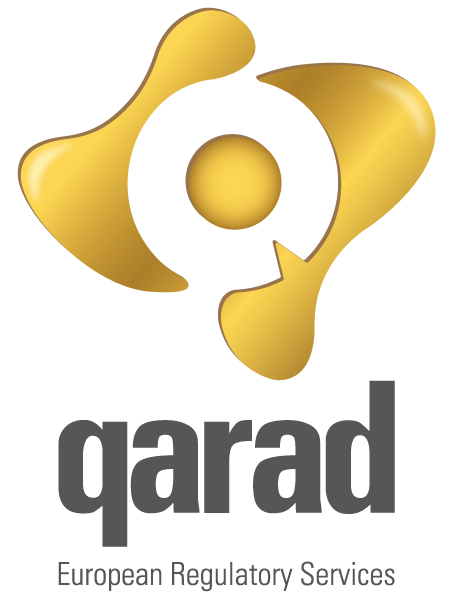On October 11th the European Commission released MDCG 2019-11 Guidance on Qualification and Classification of Software in Regulation (EU) 2017/745 – MDR and Regulation (EU) 2017/746 – IVDR. This document defines the criteria for the qualification of software falling within the scope of the new medical devices regulations and provides guidance on the application of classification criteria for software under Regulation (EU) 2017/745 – MDR and Regulation (EU) 2017/746 – IVDR.
Some of the key points addressed in MDCG 2019-11 with regards to qualification are:
- Software must have a medical purpose on its own to be qualified as a medical device software. The intended purpose established by the manufacturer is thus vital to determine the software’s qualification and classification.
- Software driving or influencing the use of a device has been defined as “software which is intended to drive or influence the use of a (hardware) medical device and does not have or perform a medical purpose on its own, nor does it create information on its own for one or more of the medical purposes described in the definition of a medical device or an in vitro diagnostic medical device.” This type of software, if it does not have a medical purpose, may be qualified as an accessory and as such falls under the MDR/IVDR.
- A decision tree has been included to assist in the qualification of software as a medical device or as an IVD (figures 1 and 2). If the software uses data from both IVD(s) and MD(s) then a weighting of the data sources based on the significance of the information in relation to fulfilling the intended purpose should be conducted to aid in the determination of which regulation to apply.
- Example of an IVD medical device software “Software that analyses and interprets the optical density delivered by an ELISA reader, line or spot pattern of a blot. Such software takes raw data outputs and use clinical algorithms for diagnostic and/or prognostic purposes, in which case it qualifies as IVD MDSW.”
Some of the key points addressed in MDCG 2019-11 with regards to classification per IVDR are:
- All implementing rules listed in Annex VIII apply but implementing rule 1.4 specifically addresses software.
- Some classification examples provided include:
- “Software that is exclusively intended to drive or influence the use of an instrument intended by the manufacturer specifically to be used for in vitro diagnostic procedures is classified in the same class as the instrument.”
- “MDSW that integrates genotype of multiple genes to predict risk a disease or medical condition developing or recurring; this is an independent IVD MDSW and is classified on its own.”
- “Software intended to be installed on a fully automated enzyme-linked immunosorbent assay (ELISA) analyser, and intended to determine the Human HbA1c concentration in serum from the results obtained with a Human HbA1c ELISA, intended to screen for and diagnose diabetes and monitor diabetic patients, should be in class C per Rule 3(k).”
The guidance also provides consideration on the placing on the market and conformity assessment of medical device software as well as four annexes providing more in-depth information on specific topics.
Should you want to discuss this more in depth with one of our consultants, please do not hesitate to get in touch with us.

